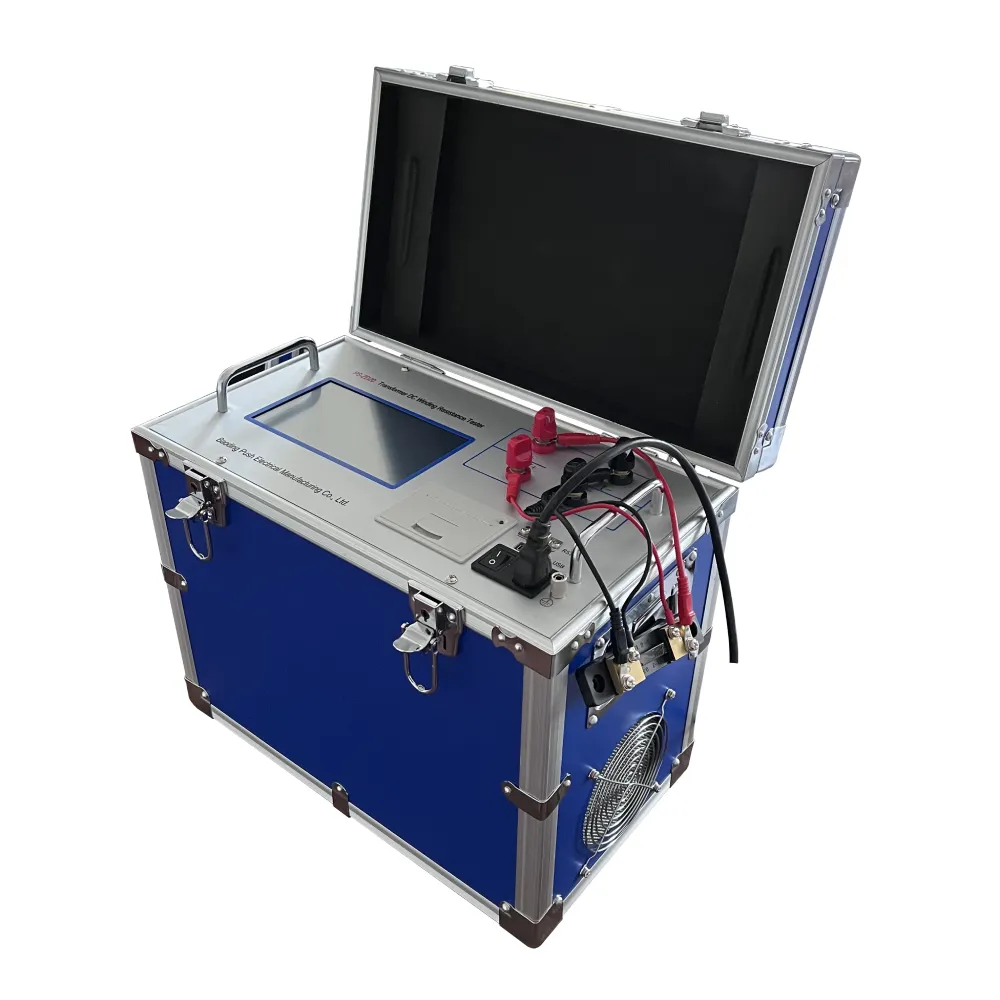 English
English



-
 Afrikaans
Afrikaans -
 Albanian
Albanian -
 Amharic
Amharic -
 Arabic
Arabic -
 Armenian
Armenian -
 Azerbaijani
Azerbaijani -
 Basque
Basque -
 Belarusian
Belarusian -
 Bengali
Bengali -
 Bosnian
Bosnian -
 Bulgarian
Bulgarian -
 Catalan
Catalan -
 Cebuano
Cebuano -
 China
China -
 China (Taiwan)
China (Taiwan) -
 Corsican
Corsican -
 Croatian
Croatian -
 Czech
Czech -
 Danish
Danish -
 Dutch
Dutch -
 English
English -
 Esperanto
Esperanto -
 Estonian
Estonian -
 Finnish
Finnish -
 French
French -
 Frisian
Frisian -
 Galician
Galician -
 Georgian
Georgian -
 German
German -
 Greek
Greek -
 Gujarati
Gujarati -
 Haitian Creole
Haitian Creole -
 hausa
hausa -
 hawaiian
hawaiian -
 Hebrew
Hebrew -
 Hindi
Hindi -
 Miao
Miao -
 Hungarian
Hungarian -
 Icelandic
Icelandic -
 igbo
igbo -
 Indonesian
Indonesian -
 irish
irish -
 Italian
Italian -
 Japanese
Japanese -
 Javanese
Javanese -
 Kannada
Kannada -
 kazakh
kazakh -
 Khmer
Khmer -
 Rwandese
Rwandese -
 Korean
Korean -
 Kurdish
Kurdish -
 Kyrgyz
Kyrgyz -
 Lao
Lao -
 Latin
Latin -
 Latvian
Latvian -
 Lithuanian
Lithuanian -
 Luxembourgish
Luxembourgish -
 Macedonian
Macedonian -
 Malgashi
Malgashi -
 Malay
Malay -
 Malayalam
Malayalam -
 Maltese
Maltese -
 Maori
Maori -
 Marathi
Marathi -
 Mongolian
Mongolian -
 Myanmar
Myanmar -
 Nepali
Nepali -
 Norwegian
Norwegian -
 Norwegian
Norwegian -
 Occitan
Occitan -
 Pashto
Pashto -
 Persian
Persian -
 Polish
Polish -
 Portuguese
Portuguese -
 Punjabi
Punjabi -
 Romanian
Romanian -
 Russian
Russian -
 Samoan
Samoan -
 Scottish Gaelic
Scottish Gaelic -
 Serbian
Serbian -
 Sesotho
Sesotho -
 Shona
Shona -
 Sindhi
Sindhi -
 Sinhala
Sinhala -
 Slovak
Slovak -
 Slovenian
Slovenian -
 Somali
Somali -
 Spanish
Spanish -
 Sundanese
Sundanese -
 Swahili
Swahili -
 Swedish
Swedish -
 Tagalog
Tagalog -
 Tajik
Tajik -
 Tamil
Tamil -
 Tatar
Tatar -
 Telugu
Telugu -
 Thai
Thai -
 Turkish
Turkish -
 Turkmen
Turkmen -
 Ukrainian
Ukrainian -
 Urdu
Urdu -
 Uighur
Uighur -
 Uzbek
Uzbek -
 Vietnamese
Vietnamese -
 Welsh
Welsh -
 Bantu
Bantu -
 Yiddish
Yiddish -
 Yoruba
Yoruba -
 Zulu
Zulu
power transformer short circuit test
Understanding Power Transformer Short Circuit Test
Power transformers are crucial elements in electrical power systems, responsible for transferring electrical energy between different voltage levels. To ensure their reliability and efficiency, various tests are performed during manufacturing and maintenance phases. One significant test is the short circuit test. This article provides an in-depth examination of the power transformer short circuit test, its purpose, procedure, and the insights it offers.
Purpose of the Short Circuit Test
The primary objective of a short circuit test is to determine the transformer's impedance and losses, which are critical for evaluating its performance under maximum load conditions. By simulating a short circuit condition, engineers can assess the transformer’s ability to handle overloads and its thermal characteristics during fault conditions. This test also helps identify potential weaknesses in transformer design that could lead to failures in real-world applications.
Test Procedure
Conducting a short circuit test involves a series of procedures designed to ensure safety and accuracy. Here are the steps typically followed
1. Preparation Before the test, all safety protocols must be observed. The transformer must be isolated from the power system and grounded to prevent any unintentional energization during the test.
2. Connections The secondary winding of the transformer is shorted, while the primary winding is connected to a power supply. This connection enables the application of voltage to the primary winding, which results in a current flow through the secondary winding.
3. Testing The primary voltage is gradually increased until the rated current flows in the secondary circuit. The voltage applied, the current flowing, and the power consumed are recorded. This information helps in calculating the transformer’s impedance and equivalent circuit parameters.
power transformer short circuit test

4. Measuring Parameters During the test, several parameters are measured, including the voltage drop, current, and power factor. These measurements are critical for calculating the impedance and losses (both copper losses and stray losses) of the transformer.
5. Data Analysis After completing the measurements, the data is analyzed to derive the transformer's equivalent circuit model. This model is essential for predicting the transformer's behavior under various load conditions and for planning protective measures.
Insights and Importance
The short circuit test provides several valuable insights into the performance and reliability of power transformers. By determining the short-circuit impedance, engineers can predict how the transformer will behave during fault conditions, which is crucial for system stability. A transformer with a higher impedance will limit short-circuit currents, thereby providing better protection for the entire power system.
Additionally, the test helps in assessing the efficiency of the transformer. By calculating the copper and stray losses, engineers can make informed decisions regarding operational efficiency and maintenance schedules. Understanding these losses allows for optimization of energy use, ultimately benefiting both operators and consumers through lower operational costs.
Conclusion
The power transformer short circuit test is an essential procedure that ensures the safety, reliability, and efficiency of electrical power systems. By simulating fault conditions, this test offers critical insights into the transformer's operational characteristics. As the demand for reliable and efficient electrical systems continues to grow, the importance of such testing protocols becomes increasingly clear.
Through continuous innovations and improvements in testing techniques, engineers can better predict and enhance transformer performance, ensuring that the electrical infrastructure can meet the demands of modern society. Therefore, the short circuit test is not just a routine check; it is a vital component of transformer design and maintenance, integral to the stability of power systems worldwide.
-
Ensuring SF₆ Gas Safety: Introducing PUSH’s Integrated SF₆ Analyzer for Dew Point, Purity, and Decomposition MonitoringNewsJul.10,2025
-
Exploring the Main Types of Industrial Endoscopes and Their Applications Across IndustriesNewsJul.04,2025
-
Testing Equipment Industry Sees Major Advancements in 2025: Smart & Precision Technologies Lead the WayNewsJun.06,2025
-
Applications of Direct Current Generators in Renewable Energy SystemsNewsJun.05,2025
-
Hipot Tester Calibration and Accuracy GuidelinesNewsJun.05,2025
-
Digital Circuit Breaker Analyzer Features and BenefitsNewsJun.05,2025



